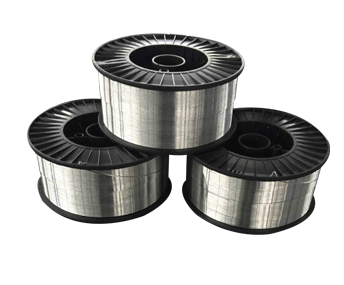Smelting of ZhenAn's ferro vanadium
Ferrovanadium smelting method electrosilicothermal process, flake vanadium pentoxide with 75% ferrosilicon and a small amount of aluminum as reducing agents, in alkaline arc furnace, through reduction and refining two stages to produce qualified products. During the reduction period, all the reducing agent of a furnace and the flake vanadium pentoxide accounting for 60 ~ 70% of the total amount are loaded into the electric furnace, and silicon thermal reduction is carried out under the high calcium oxide slag. When the V2O5 in the slag is less than 0.35%, the slag (called lean slag, can be discarded or used as building materials) is discharged and transferred to the refining period. At this time, flake vanadium pentahydrate and lime are added to remove excess silicon and aluminum in the alloy liquid, and iron alloy can be slag out when the alloy composition meets the requirements. The slag released in the late refining period is called rich slag (containing 8 ~ 12% V2O5), which is returned to be used when the next furnace begins to feed. Alloy liquid is generally cast into cylindrical ingot, after cooling, stripping, crushing and slag cleaning is finished. This method is generally used for smelting iron vanadium containing 40 ~ 60% vanadium. The recovery rate of vanadium can reach 98%. Smelting iron vanadium consumes about 1600 kW • h of electricity per ton.
Aluminum is used as reducing agent in thermite process, which is smelted by the lower ignition method in the furnace tube lined with alkaline furnace. First a small part of the mixed charge into the reactor, that is, the line of ignition. The rest of the charge will be added gradually after the reaction begins. It is usually used for smelting high iron (containing 60 ~ 80% vanadium), and the recovery rate is slightly lower than that of electrosilicon thermal method, about 90 ~ 95%.
 Russian
Russian  Albanian
Albanian  Arabic
Arabic  Amharic
Amharic  Azerbaijani
Azerbaijani  Irish
Irish  Estonian
Estonian  Odia (Oriya)
Odia (Oriya)  Basque
Basque  Belarusian
Belarusian  Bulgarian
Bulgarian  Icelandic
Icelandic  Polish
Polish  Bosnian
Bosnian  Persian
Persian  Afrikaans
Afrikaans  Tatar
Tatar  Danish
Danish  German
German  French
French  Filipino
Filipino  Finnish
Finnish  Frisian
Frisian  Khmer
Khmer  Georgian
Georgian  Gujarati
Gujarati  Kazakh
Kazakh  Haitian Creole
Haitian Creole  Korean
Korean  Hausa
Hausa  Dutch
Dutch  Kyrgyz
Kyrgyz  Galician
Galician  Catalan
Catalan  Czech
Czech  Kannada
Kannada  Corsican
Corsican  Croatian
Croatian  Kurdish (Kurmanji)
Kurdish (Kurmanji)  Latin
Latin  Latvian
Latvian  Lao
Lao  Lithuanian
Lithuanian  Luxembourgish
Luxembourgish  Kinyarwanda
Kinyarwanda  Romanian
Romanian  Malagasy
Malagasy  Maltese
Maltese  Marathi
Marathi  Malayalam
Malayalam  Malay
Malay  Macedonian
Macedonian  Maori
Maori  Mongolian
Mongolian  Bengali
Bengali  Myanmar (Burmese)
Myanmar (Burmese)  Hmong
Hmong  Xhosa
Xhosa  Zulu
Zulu  Nepali
Nepali  Norwegian
Norwegian  Punjabi
Punjabi  Portuguese
Portuguese  Pashto
Pashto  Chichewa
Chichewa  Japanese
Japanese  Swedish
Swedish  Samoan
Samoan  Serbian
Serbian  Sesotho
Sesotho  Sinhala
Sinhala  Esperanto
Esperanto  Slovak
Slovak  Slovenian
Slovenian  Swahili
Swahili  Scots Gaelic
Scots Gaelic  Cebuano
Cebuano  Somali
Somali  Tajik
Tajik  Telugu
Telugu  Tamil
Tamil  Thai
Thai  Turkish
Turkish  Turkmen
Turkmen  Welsh
Welsh  Uyghur
Uyghur  Urdu
Urdu  Ukrainian
Ukrainian  Uzbek
Uzbek  Spanish
Spanish  Hebrew
Hebrew  Greek
Greek  Hawaiian
Hawaiian  Sindhi
Sindhi  Hungarian
Hungarian  Shona
Shona  Armenian
Armenian  Igbo
Igbo  Italian
Italian  Yiddish
Yiddish  Hindi
Hindi  Sundanese
Sundanese  Indonesian
Indonesian  Javanese
Javanese  Yoruba
Yoruba  Vietnamese
Vietnamese  Hebrew
Hebrew
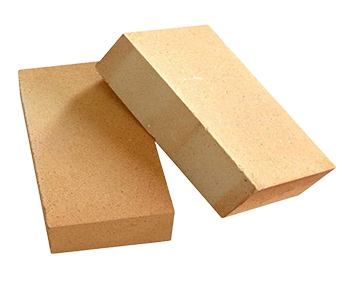
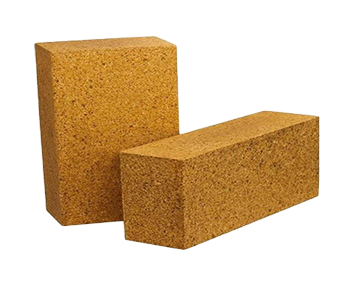
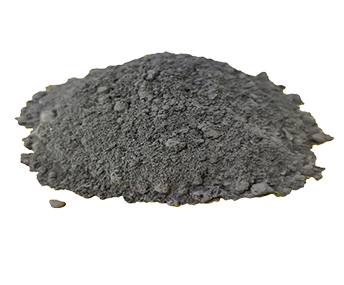
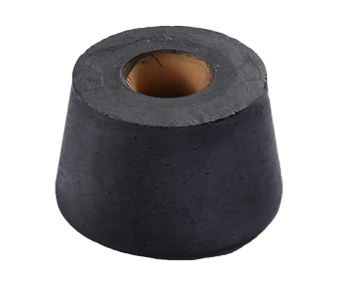
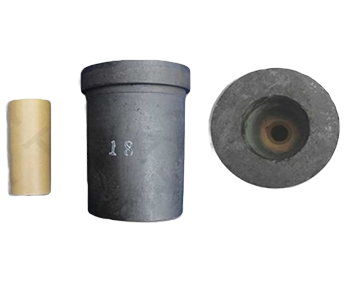
.png)
